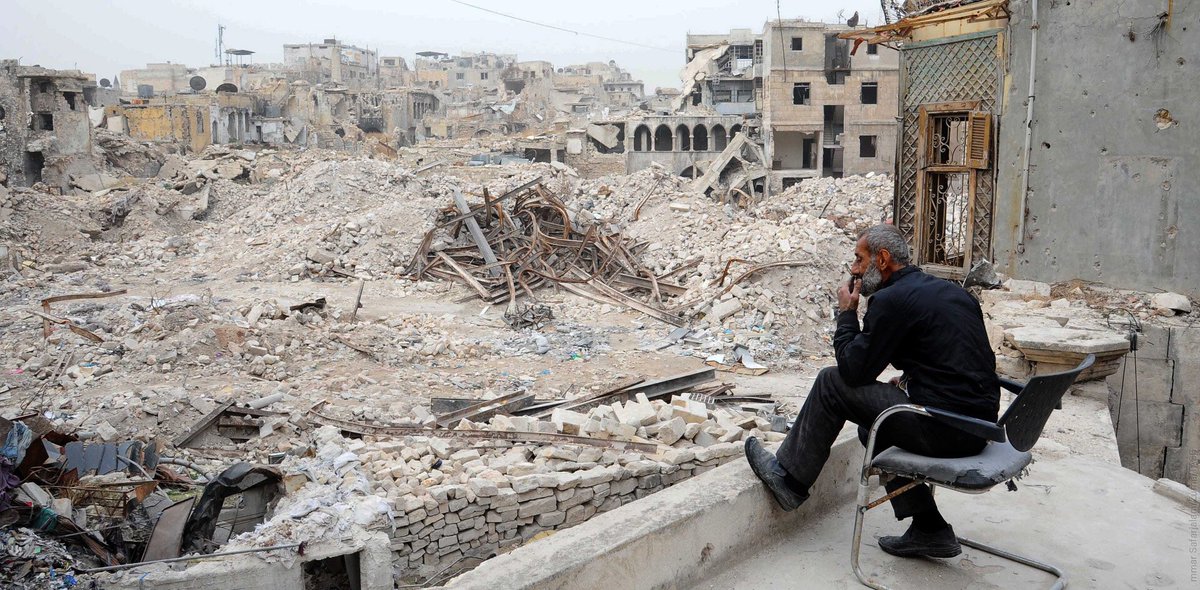1/8 The mobilization law finally came into effect: Ukraine is forming four new infantry brigades. Update by @joni_askola with information from @Militarylandnet 

2/8 The new mobilization law in Ukraine has come into force, allowing the Army to increase troop numbers and establish new brigades. Notable changes include lowering the minimum conscription age from 27 to 25. 

3/8 Additionally, men previously unfit for military service must retake medical examinations, and Ukrainian men abroad will not receive consular services without military registration. President Zelenskyi also signed a law permitting prisoners to join the army. 

4/8 In response to the influx of conscripted soldiers, the Ukrainian Army command has decided to form four additional infantry brigades – 156th, 157th, 158th, and 159th Infantry Brigades. The 157th Infantry Brigade's existence was revealed by a public organization. 

5/8 The 159th Infantry Brigade is being established in Mykolaiv Oblast, as confirmed by a statement from the Pervomaisk City Council. 

6/8 While there are no current reports on the 158th Infantry Brigade, its establishment is certain. On May 11, 2024, the formation of the 155th Infantry Brigade in Rivne Oblast was first reported. 

7/8 With russia's multi-front offensives and the need for rotations within existing units, the emphasis on infantry brigades is further emphasized by the limited supply of armored equipment from allies. 

• • •
Missing some Tweet in this thread? You can try to
force a refresh





















